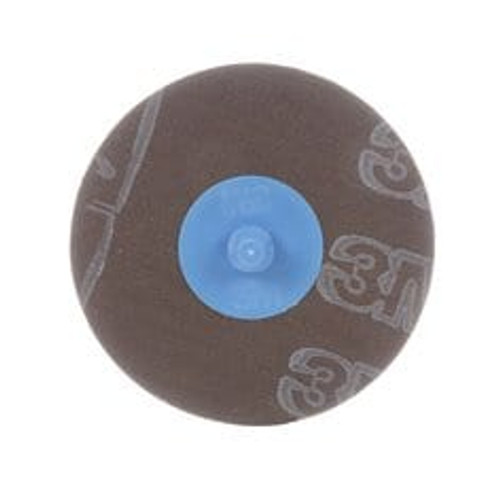Product Overview
3M Sales UPC: 00051119246292; 3M 5-Digit Part Number: 24629; 3M Previous Stock Number: CY998896021; 3M Consumer UPC: No Data; 3M Inner UPC: No Data; 3M Shipper UPC: No Data; Ship Container Length: No Data; Ship Container Height: No Data; Ship Container Width: No Data; Ship Container Volume: No Data; Ship Container Weight: No Data; Shelf Life: 1825 Days; Country of Origin: USA; ECCN Number: EAR99; Harmonizing Code: 6805100000; Transport Protective Service: No Data; NMFC Item: No Data; NMFC Sub: No Data; NMFC Class: No Data; US DOT, 49 CFR Ground: No Data; US DOT, 49 CFR Vessel: No Data; International Air Transport Association (IATA): No Data; International Maritime Organization (IMO): No Data. Product Information: 3M™ Trizact™ Roloc™ Cloth Disc 237AA uses proprietary microreplication technology where micron-graded aluminum oxide particles are formed into tiny pyramids of abrasive mineral and then coated on an X weight cloth backing. As these pyramids wear, fresh, sharp mineral is continually exposed to produce a consistent cut and a predictable, fine finish.. The abrasive and resin structure for the 3M™ Trizact™ Cloth Disc 237AA is formulated to break down under medium pressure and keep fresh, sharp mineral cutting to provide consistent finishes on hard metals such as carbon and stainless steel. Our disc also features a grinding aid that helps prevent heat buildup, warping and discoloration. The belt is constructed on an X-weight, durable cloth backing that helps provide control, conformability, and effective medium-pressure grinding. The resin bonded abrasive gives you greater heat resistance and helps prevent delamination. When compared to conventional abrasive products, proprietary Trizact™ abrasives produce a finer finish, achieve results faster, and last longer. Robotic metal polishing demands the most consistent, refined cut and long abrasive life. 3M™ Trizact™ abrasives can consistently deliver near-mirror finishes while also delivering the abrasive life that helps reduce changeouts and downtime in robotic cells. This helps maximize the efficiency of the cell, allowing you to produce more parts per disc.







